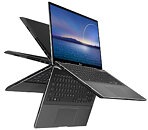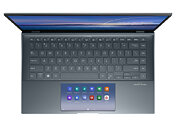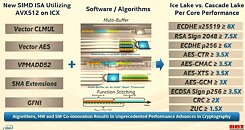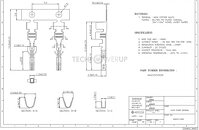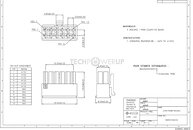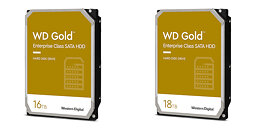
SiFive To Introduce New RISC-V Processor Architecture and RISC-V PC at Linley Fall Virtual Processor Conference
SiFive, Inc., the leading provider of commercial RISC-V processor IP and silicon solutions, today announced that Dr. Yunsup Lee, CTO of SiFive, and Dr. Krste Asanovic, Chief Architect of SiFive, will present at the technology industry's premier processor conference, the Linley Fall Virtual Processor Conference. The conference will be held on October 20th - 22nd and 27th - 29th, 2020 and will feature high-quality technical content from leading semiconductor companies worldwide.
"Industry demand for AI performance has skyrocketed over the last few years driven by rapid adoption from the data center to the edge. This year's Linley Fall Processor Conference will feature our biggest program yet and will introduce a host of new technology disclosures and product announcements of innovative processor architectures and IP technologies," said Linley Gwennap, principal analyst and conference chairperson. "In spite of the challenges posed by the pandemic, development of these technologies continues to accelerate and we're excited to be sharing these presentations with a global audience via our live-streamed format."
"Industry demand for AI performance has skyrocketed over the last few years driven by rapid adoption from the data center to the edge. This year's Linley Fall Processor Conference will feature our biggest program yet and will introduce a host of new technology disclosures and product announcements of innovative processor architectures and IP technologies," said Linley Gwennap, principal analyst and conference chairperson. "In spite of the challenges posed by the pandemic, development of these technologies continues to accelerate and we're excited to be sharing these presentations with a global audience via our live-streamed format."







